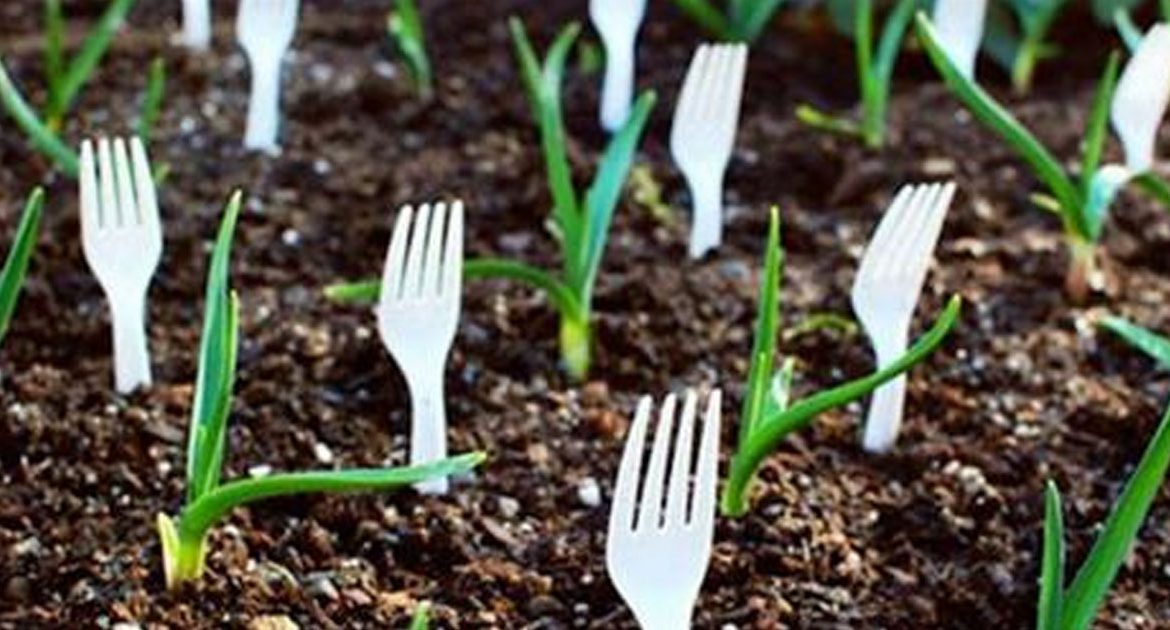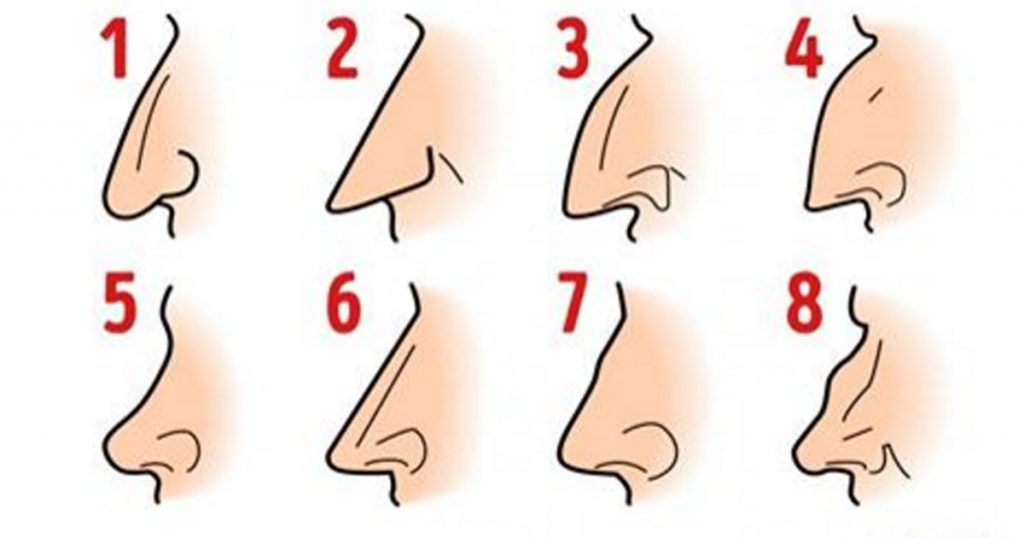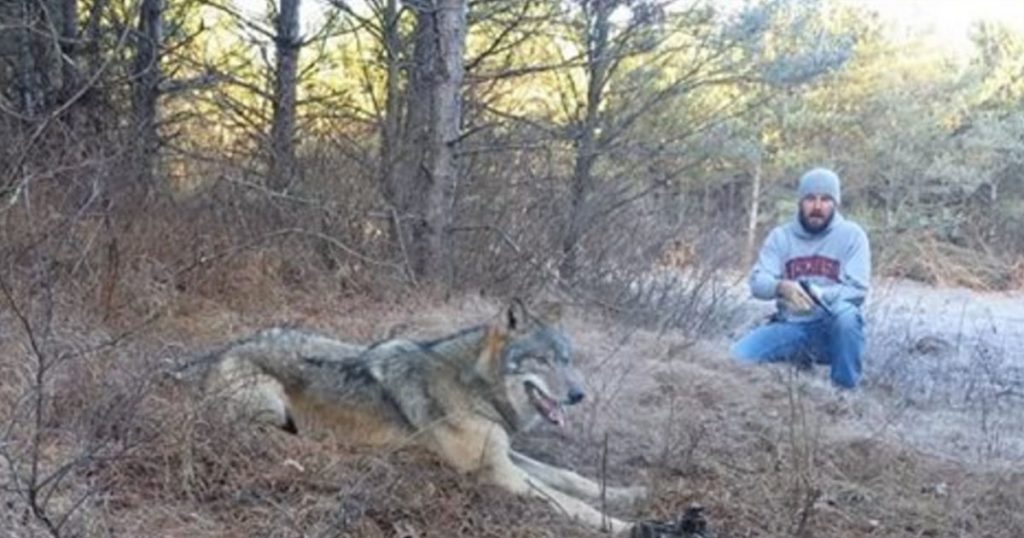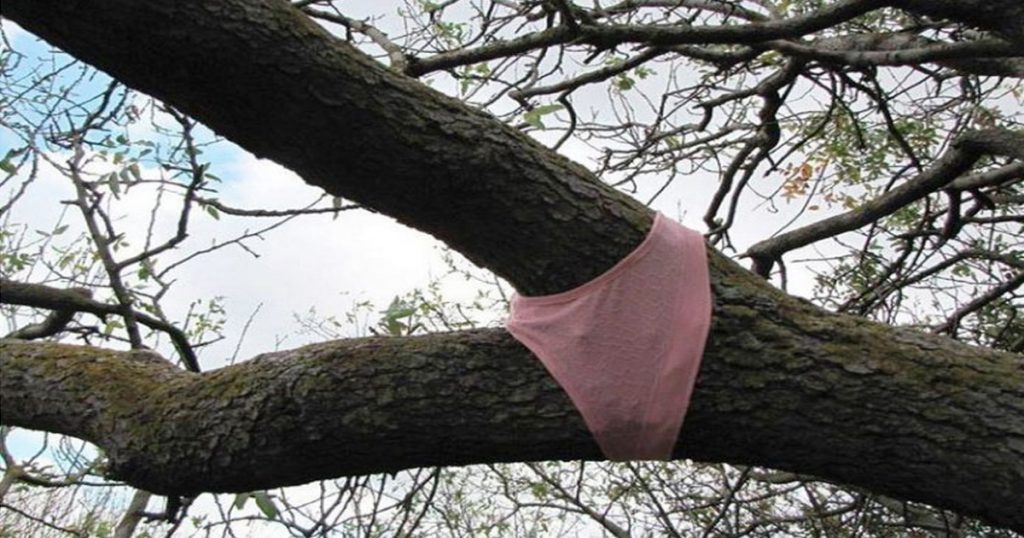Winter is on its way in the northern hemisphere, whereas down south they’re looking forward to summer. But whatever time of year it is where you are, there’s never a wrong time to think about your garden. It’s either time to don the gloves and grab the shovel, or plan what you’ll do when the season changes. We’ve gathered together a few useful tips to help create your very own green paradise.
1. Things start small and the first step is to seed your new plants. You can save some money and simply recycle egg cartons or toilet paper rolls as seedling trays.
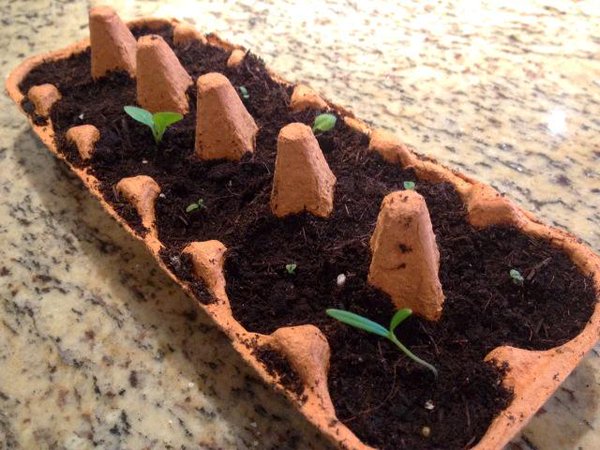
Emptied lemon rinds also do a fine job, as they also provide a supply of nutrients to your delicate young plants.
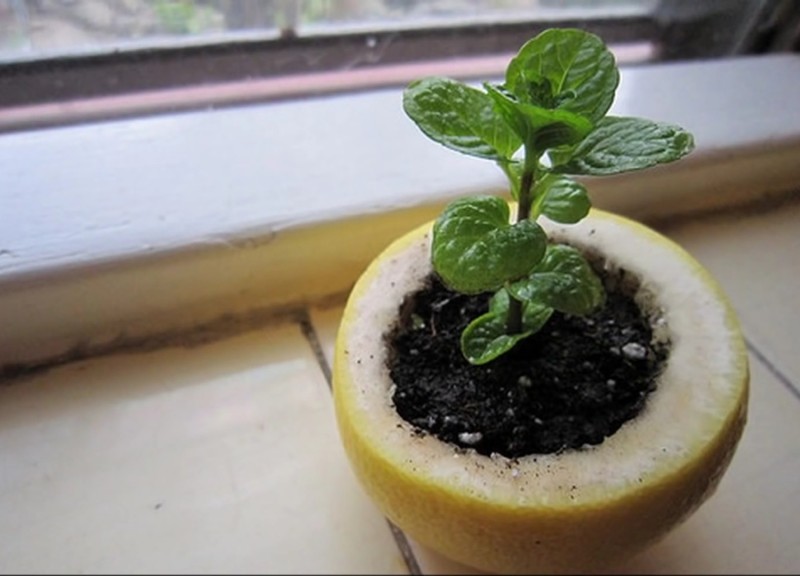
You can also use ice cream cones. As with any growing plants, you have to be careful not to overwater them, mostly in this case because the cone will dissolve. But this idea is 100% biodegradable.
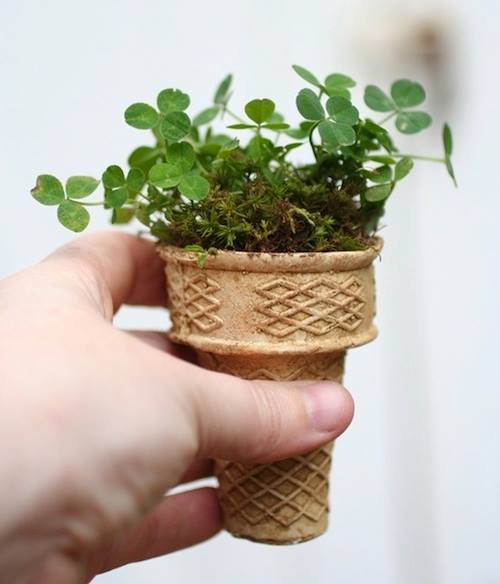
2. For a little heat on a cold day, an empty plastic bottle works well as a mini-greenhouse. Cut the bottle in half, use the bottom half for the soil, and place the upper half over your plant on cold days. You can also set cut bottles over your plants when they are planted outside to protect them from frost.
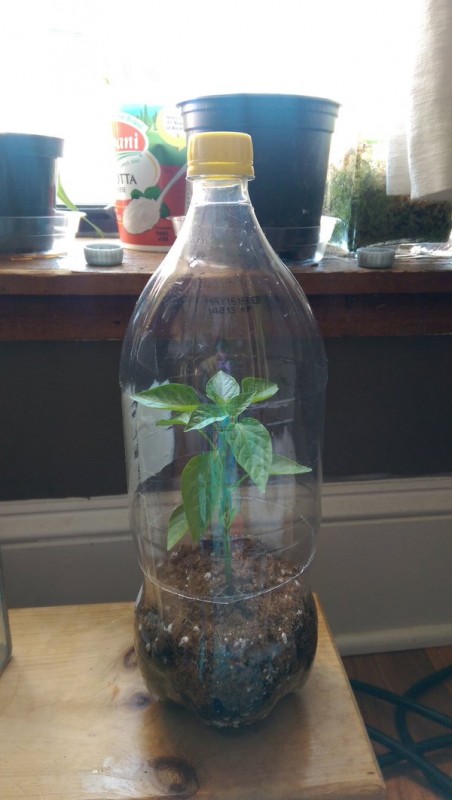
3. When it’s time to plant your seedlings in the ground, you can use a muffin baking tray to mark a pattern in the soil. This way, you can plant your seedlings with perfect distances between them.
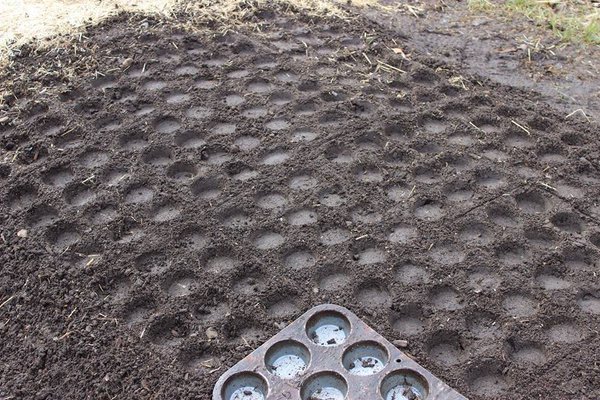
4. If there are strong winds or cold temperatures, it can be a challenge to take care of your garden. To protect your young plants, you can use a combination of fencing and a couple of layers of plastic wrap to form a barrier.
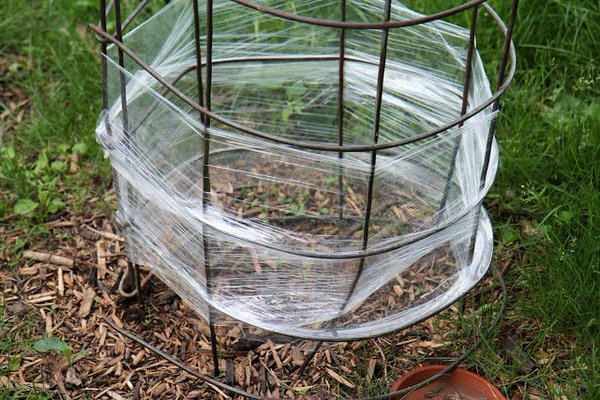
5. When they are still small, it can be hard to tell your plants apart. It’s helpful to mark your garden with miniature signposts. Here, old spoons have been hammered flat and stamped with letters, but you could also just paint them instead.
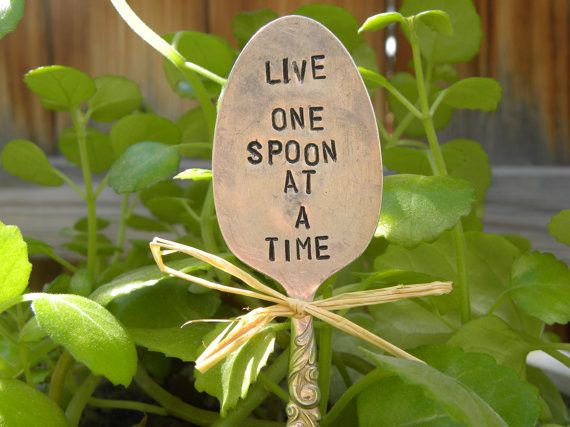
Or you could draw on stones with a paint pen and place them in your flower beds.
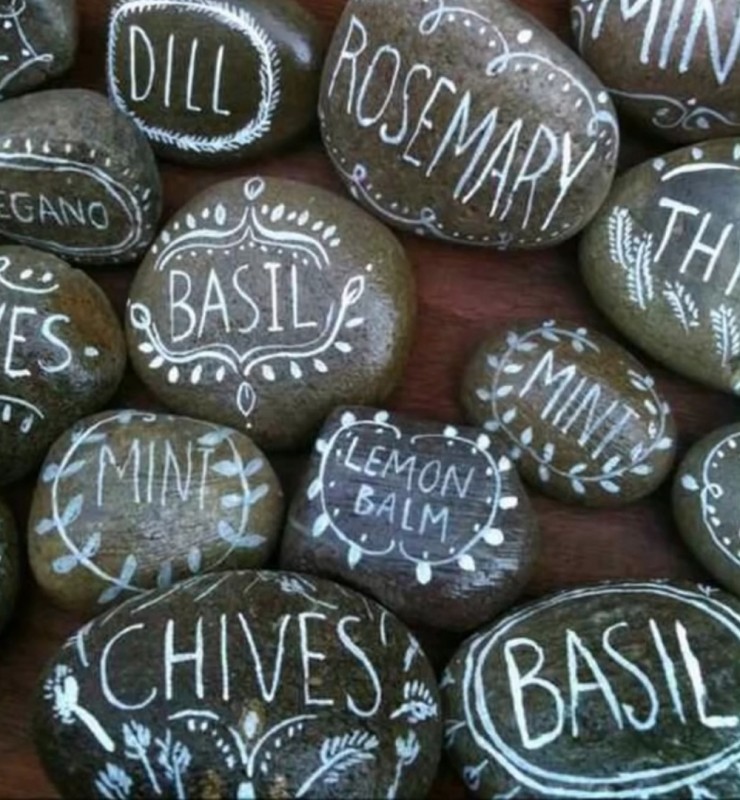
6. If you have plans to leave for the weekend, it can be hard to make sure your garden gets enough water. No problem: Fill empty bottles with water and set them upside down in the soil. The water will gradually empty and nourish your plants.
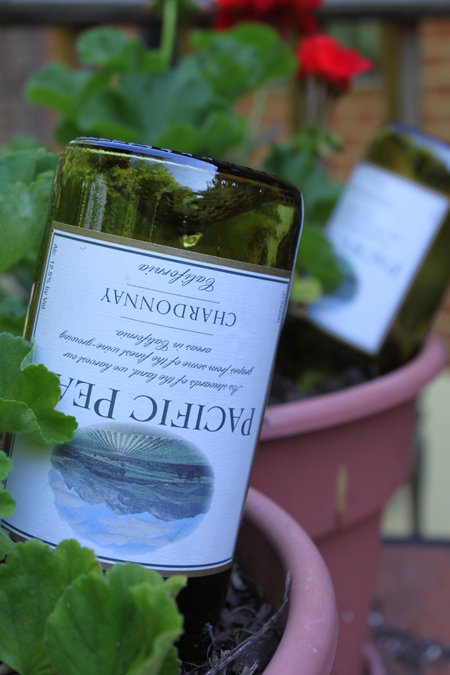
7. Herbs grow well in old soda cans. These ones have been painted with bright colors and have a reusable label to tell them apart.
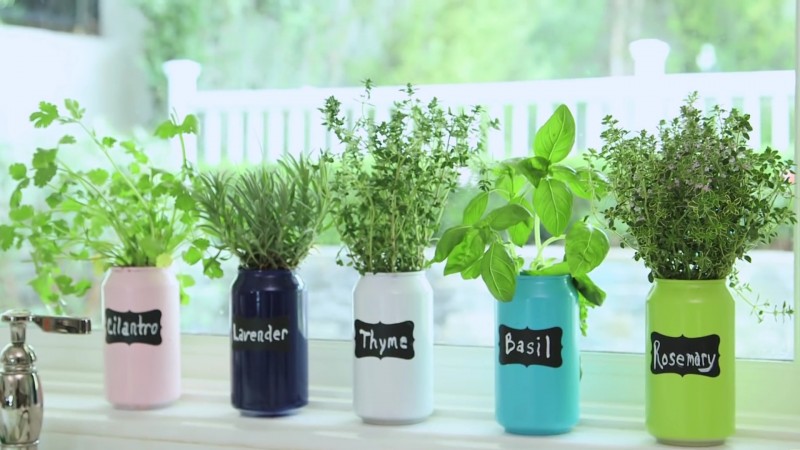
8. Mulch will protect your garden from drying out, but doesn’t do much to stop weeds. Before you cover your garden with mulch, spread some old newspapers out — the weeds won’t stand a chance.
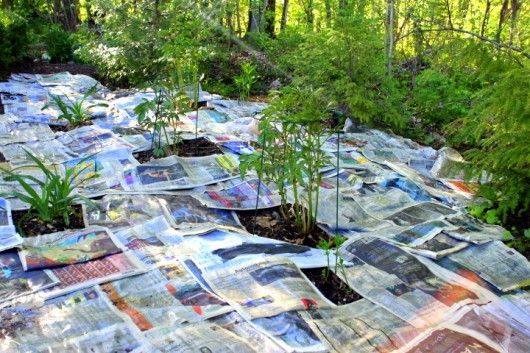
9. To give your seedlings a shot at growing big, stick plastic forks next to them. This will keep larger animals, like rabbits, far away.
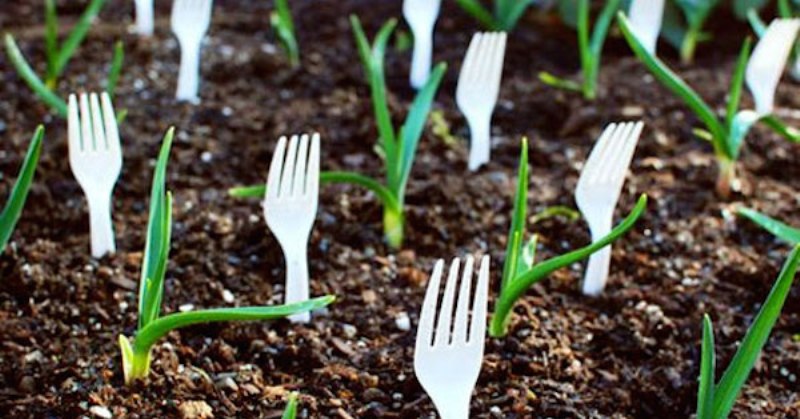
10. We also have a trick for discouraging unwelcome pests. If your plants have been attacked by aphids, wrap your hands in masking tape with the sticky part facing out and collect the aphids that way. You’ll probably need to repeat this a few times, but at least you won’t need any pesticides.
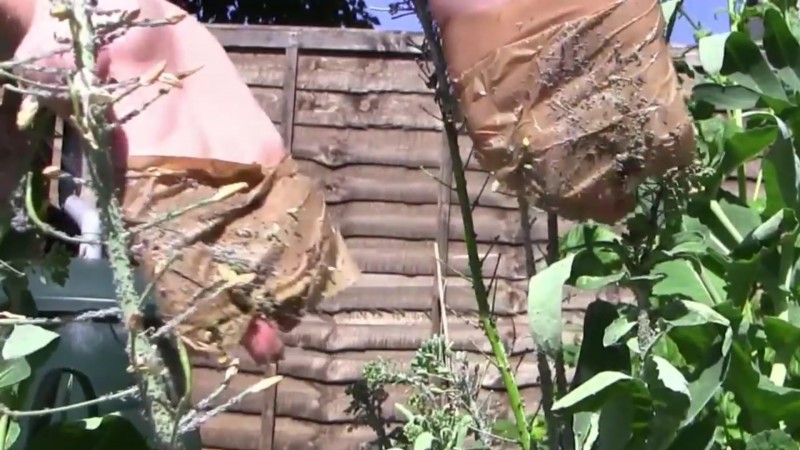
11. If you sometimes lose your way in the yard at night, make a path with glowing pebbles. You can paint stones with glow-in-the-dark paint.
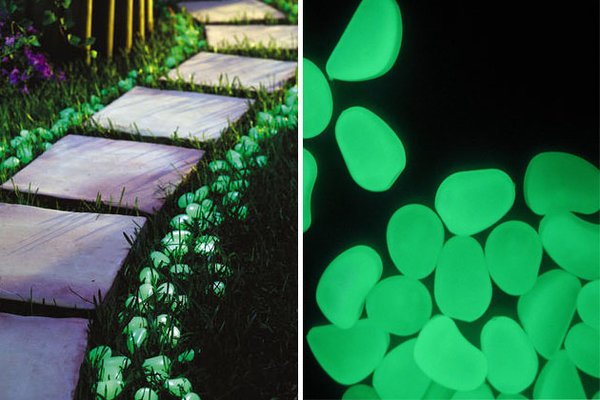
Or start collecting old bottles and press them into the soil to mark your path.
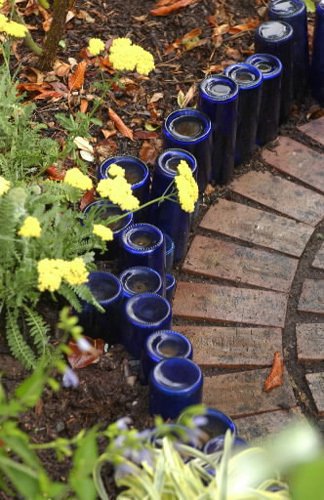
12. Some vegetables are practically immortal. Keep the end of your next celery stalk, plant it, and just watch how a whole new one grows out of it.
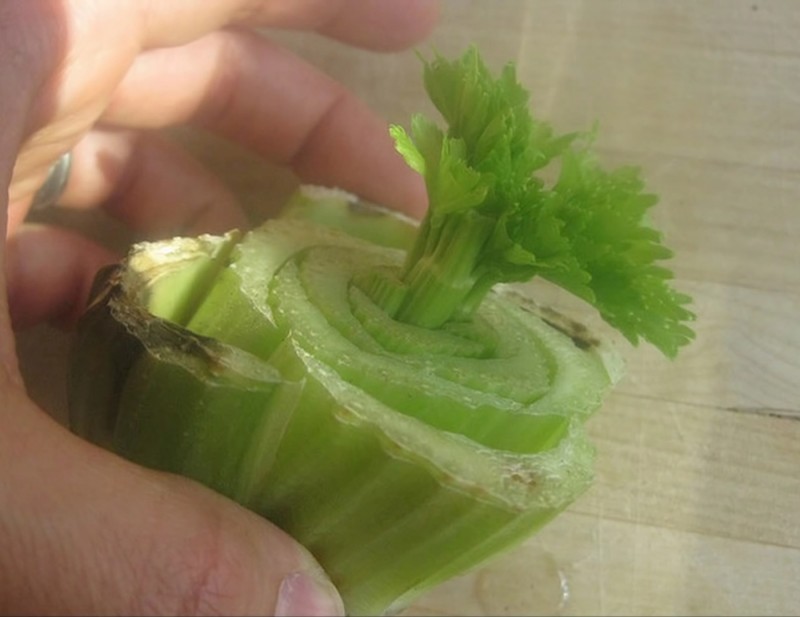
The same goes for onions. You can eat the outermost layers and plant the inside in some soil. Soon you’ll have a whole new onion. There are lots of plants that can do this!
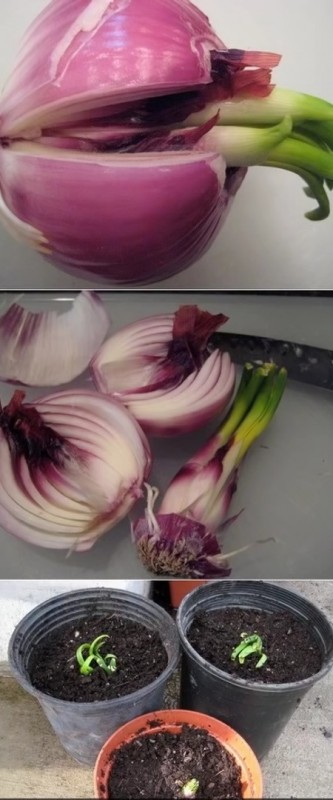
Maybe you know some tricks of your own that make gardening just that bit easier. Nothing makes me more proud than seeing that tiny seed turn into a beautiful plant. Whether tomatoes, apples, or flowers — everything looks and tastes better when you’ve grown it yourself. You’ll start to see nature through new eyes.
Source
